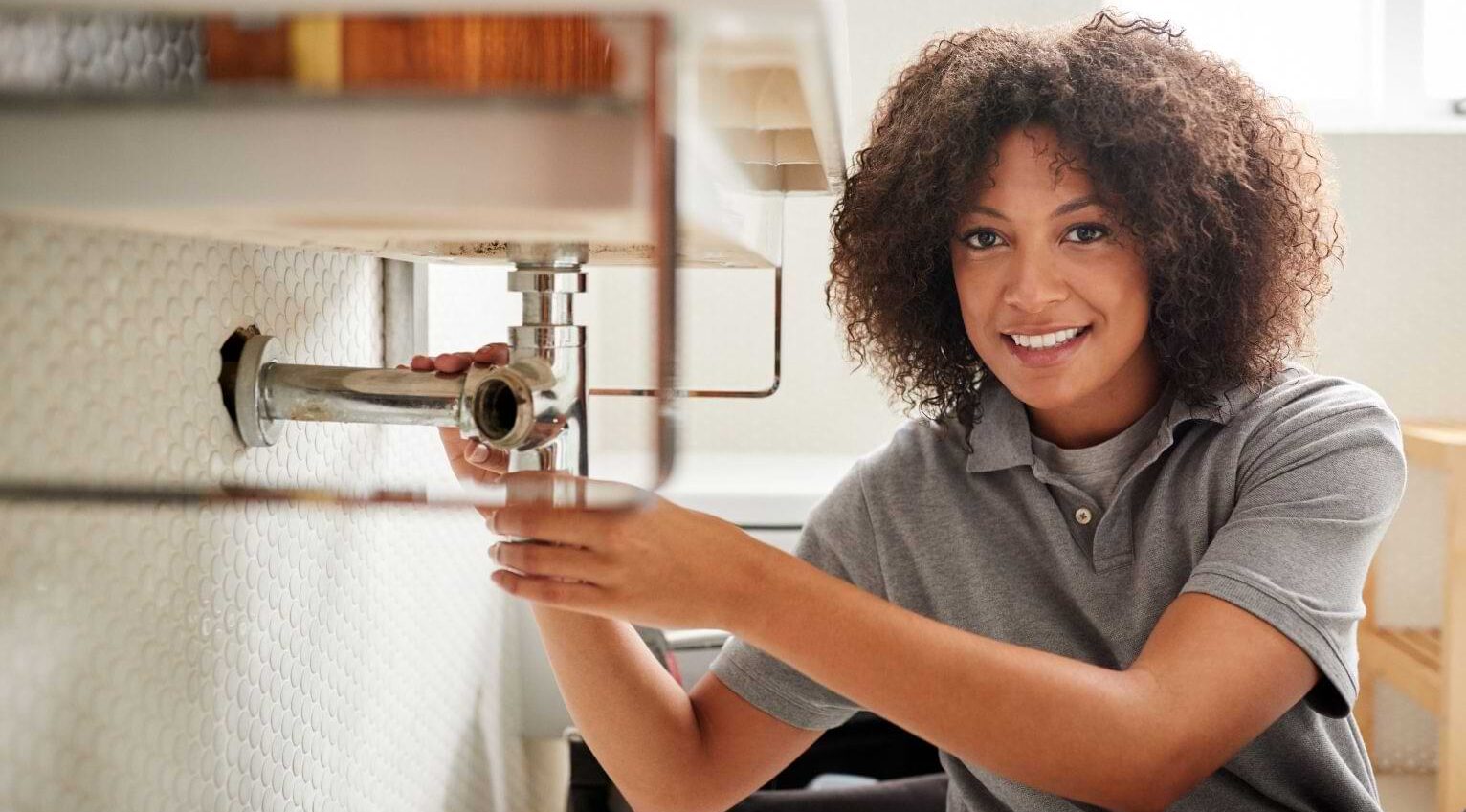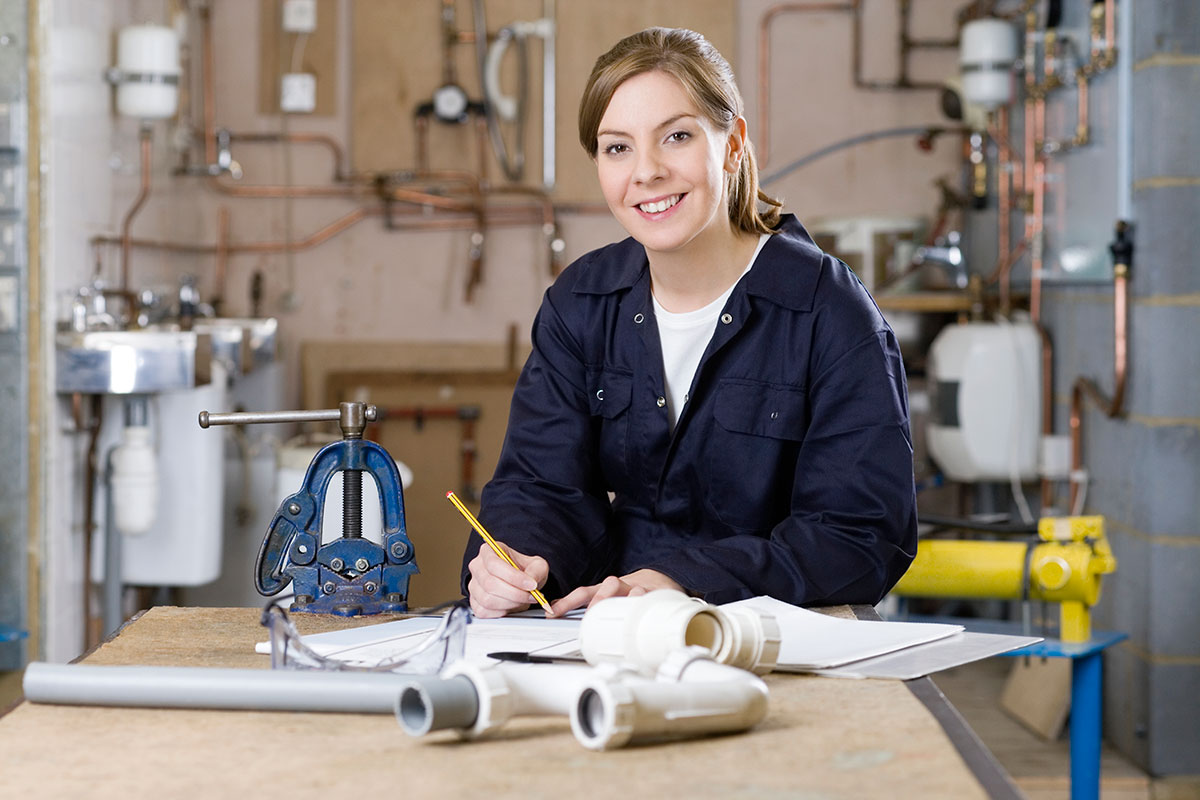A Step-by-Step Guide to Effective Water Heating System Setup for Optimal Performance
Starting the job of setting up a water heater is a venture that requires precision and a methodical approach for attaining optimum performance. The process begins with the important decision of selecting the ideal heating system tailored to the specific demands of your home, considering variables such as dimension, energy, and kind resource. When selected, preparing the setup location to fulfill security requirements is paramount. The journey doesn't finish right here. As you continue, the ins and outs of connecting water lines and setting up reliable electric or gas connections wait for, encouraging insights right into guaranteeing performance and reliability.
Picking the Right Hot Water Heater

Following, consider the size and capability of the hot water heater. It's important to examine your house's warm water needs, which can vary based on the number of passengers and their use patterns. An unit that's too little may lead to inadequate hot water, while an oversized design may lead to unneeded energy usage.
Performance rankings additionally play an essential duty in selection. Try to find hot water heater with high Power Element (EF) ratings, indicating exceptional performance and decreased energy usage. Tankless models, though normally much more costly in advance, deal significant power financial savings with time as a result of their on-demand home heating abilities.
Preparing the Setup Area
Prior to setting up a brand-new water heating system, precise prep work of the setup location is vital. It's crucial to gauge the area thoroughly to suit the water heater's measurements, guaranteeing ample clearance around the unit for efficient procedure and servicing.
Check the flooring for security, as the water heating unit will certainly need a solid, degree surface area to run properly. If essential, mount a drip frying pan under the device to capture potential leaks or spills, avoiding water damage to the surrounding area.
In addition, ensure that all necessary devices and products are on hand before commencing the installation. This consists of things such as wrenches, screwdrivers, a degree, and any type of additional hardware needed for installing and protecting the heating unit. A well-prepared installment location sets the foundation for an effective water heater setup, maximizing efficiency and safety.
Connecting Water Supply Lines
When attaching water system lines to your freshly installed hot water heater, it is critical to make certain that all connections are leak-free and safe and secure to preserve efficient procedure and avoid water damages. Begin by determining the hot and cold water lines. The chilly water inlet is typically noted with a blue label or a "C", while the warm water outlet is noted with a red tag or an "H".
Usage flexible hot water heater ports to promote a much easier installation process. These connectors can take in resonance and permit mild activity, decreasing the threat of leaks. Prior to attaching the ports, put a plumbing technician's tape around the threaded ends of the hot water heater's inlet and outlet pipelines - Plumbing Services Alabaster AL. This tape works as a sealer, protecting against leaks. Very carefully link the flexible hoses to the respective inlet and outlet, making sure that they are not over-tightened however limited, which could damage the threads.
When links remain in area, gradually activate the main supply of water valve. Check each link for leakages by aesthetically really feeling and examining for dampness. Tighten up links as necessary, and guarantee the pressure safety valve is properly installed, securing versus extreme pressure build-up.
Establishing Electric or Gas Links
Correctly setting up the electrical or gas links for your water heating unit is an important step to make sure reliable and secure operation. For electrical water heaters, start check my site by confirming that the electric circuit is compatible with the heating system's voltage and amperage requirements.
For gas hot water heater, safety is paramount. Verify that the gas supply is off before proceeding. Connect the gas line to the water heating system using a versatile gas connector, ensuring it is effectively threaded and sealed with pipe joint substance or Teflon tape appropriate for gas links. Tighten the links with a wrench, taking care not to over-tighten (Drain Cleaning Alabaster AL).
As soon click here to find out more as connections are made, check for any kind of potential leaks. For gas lines, apply a soapy water option to the joints; bubbles indicate a leakage. For electric connections, confirm that all electrical wiring is safe and secure and properly shielded, maintaining compliance with local electrical codes.
Checking and Readjusting for Efficiency
With the electrical and gas connections securely in position, the next action is reviewing the functional performance of your water heater. Begin by thoroughly switching on the water supply and making sure there are no leakages at any one of the valves or joints. When validated, proceed to fill the container, taking note of the pressure and temperature setups. It is advisable to establish the thermostat to an advised temperature level of around 120 ° F(49 ° C) to balance energy performance and convenience.
Following, execute a detailed examination to guarantee the burner or gas burners are functioning correctly. For electric heating systems, use a multimeter to confirm if the elements are attracting the suitable existing. In gas versions, observe the burner fire; it ought to be constant and blue, suggesting efficient burning.
Change the setups as necessary to eliminate inadequacies. Think about implementing insulation procedures, such as adding a water heating system blanket, to better improve efficiency by decreasing warm loss. Furthermore, check the anode rod's problem, as a tatty rod can lower efficiency and cause tank rust.
Verdict
Reliable water heating system installment is crucial for making sure optimum efficiency and power financial savings. Securely connecting water supply lines and carefully setting up electrical or gas connections minimize potential issues.

Appropriately establishing up the electric or gas links for your water heater is an important action to make certain safe and efficient procedure. For electrical water heaters, start by verifying that the electrical circuit is suitable with the heater's voltage and amperage requirements. Attach the gas line to the water heating system utilizing a versatile gas port, ensuring it is correctly threaded and sealed with pipe joint compound or Teflon tape suitable for gas links.